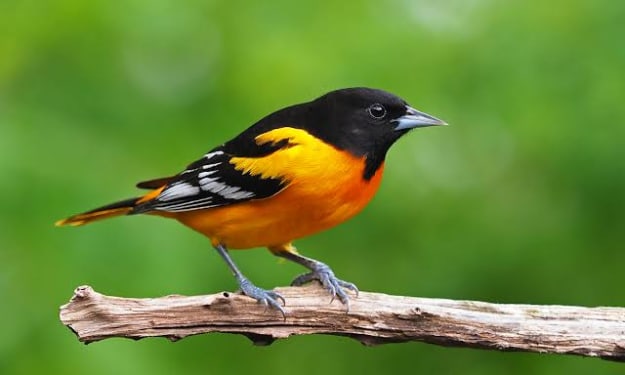What is water and water drops
Water drops and water

What is water drops
A water drop is a small, spherical or nearly spherical mass of water that forms when a liquid is suspended in a gas and the gravity of the liquid is greater than the buoyancy of the gas.
Water drops can form in the atmosphere when water vapor condenses into visible droplets, often around particles of dust or other small particles.
Water drops can also form when a liquid is poured or sprayed from a container, or when a liquid flows over a surface and breaks up into small droplets.
The size and shape of a water drop depends on a number of factors, including the surface tension of the liquid, the size and shape of the container or surface from which the drop is formed, and the ambient temperature and humidity.
What are the types of water drops?
There are many different types of water drops that can be distinguished based on various characteristics, such as size, shape, and formation process. Here are a few examples:
Raindrops: These are water drops that form when water vapor condenses and falls from the atmosphere as precipitation. Raindrops can vary in size, with larger drops being more spherical in shape and smaller drops being more elongated.
Dew drops: These are small water drops that form on cool surfaces when the air is saturated with water vapor. They are often observed on grass, leaves, and other surfaces early in the morning.
Fog drops: These are very small water drops that form when water vapor condenses in the air to form a visible cloud of mist or fog.
Spray: This is a type of water drop that is formed when a liquid is broken up into small droplets by a mechanical process, such as spraying or splashing.
Water droplets on a surface: These are water drops that form when liquid water comes into contact with a surface, such as a window or a countertop.
Water droplets suspended in air: These are water drops that are suspended in the air and do not come into contact with a surface. They can be formed, for example, by the evaporation of water droplets that have been sprayed into the air.
What causes water to form into drops?
Water can form into drops for a variety of reasons. Here are a few examples:
Condensation: When water vapor in the air comes into contact with a surface that is cooler than the air, it can condense and form into droplets. This process is commonly observed when water droplets form on the outside of a cold glass of water or on a windowpane on a humid day.
Gravity: When water falls from a height, the force of gravity causes it to break up into droplets. This is how raindrops are formed, for example.
Mechanical disruption: When a liquid is mechanically disrupted, such as by splashing or spraying, it can break up into droplets. This is how spray is formed, for example.
Surface tension: The surface tension of water can cause it to form into droplets when it comes into contact with a surface. This is often observed when water droplets form on the surface of a leaf or other hydrophobic (water-repelling) surface.
Evaporation: When water is exposed to dry, hot air, it can evaporate and form into droplets. This is often observed when water droplets form on the surface of a puddle or other body of water as it dries up.
What is a scientific question of water?
There are many scientific questions that can be asked about water, as it is a substance with many unique properties and important roles in various natural and technological processes. Here are a few examples of scientific questions that could be asked about water:
How does the surface tension of water change with temperature or the presence of different substances?
How does water vapor in the air affect the Earth's climate and weather patterns?
What are the mechanisms by which water dissolves and transports various substances in the environment, and how does this impact the quality of water resources?
What are the physical and chemical properties of water at extreme temperatures or pressures, and how do these affect its behavior in different environments?
How does the structure and behavior of water molecules change in different states of matter, and how does this affect the way water interacts with other substances?





Comments
There are no comments for this story
Be the first to respond and start the conversation.